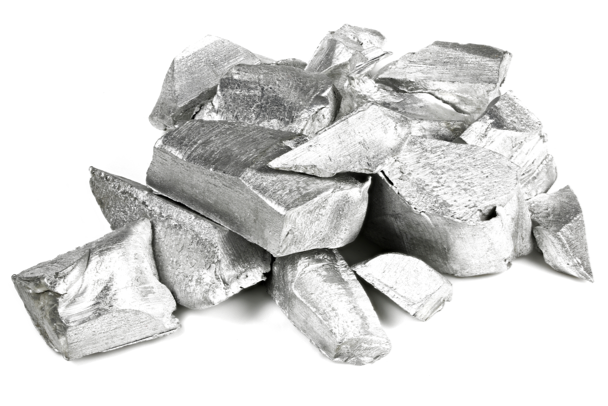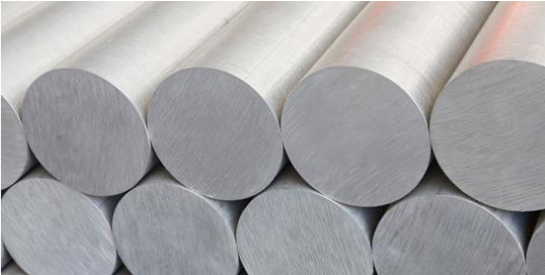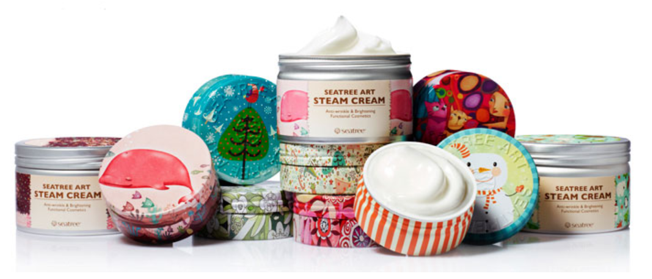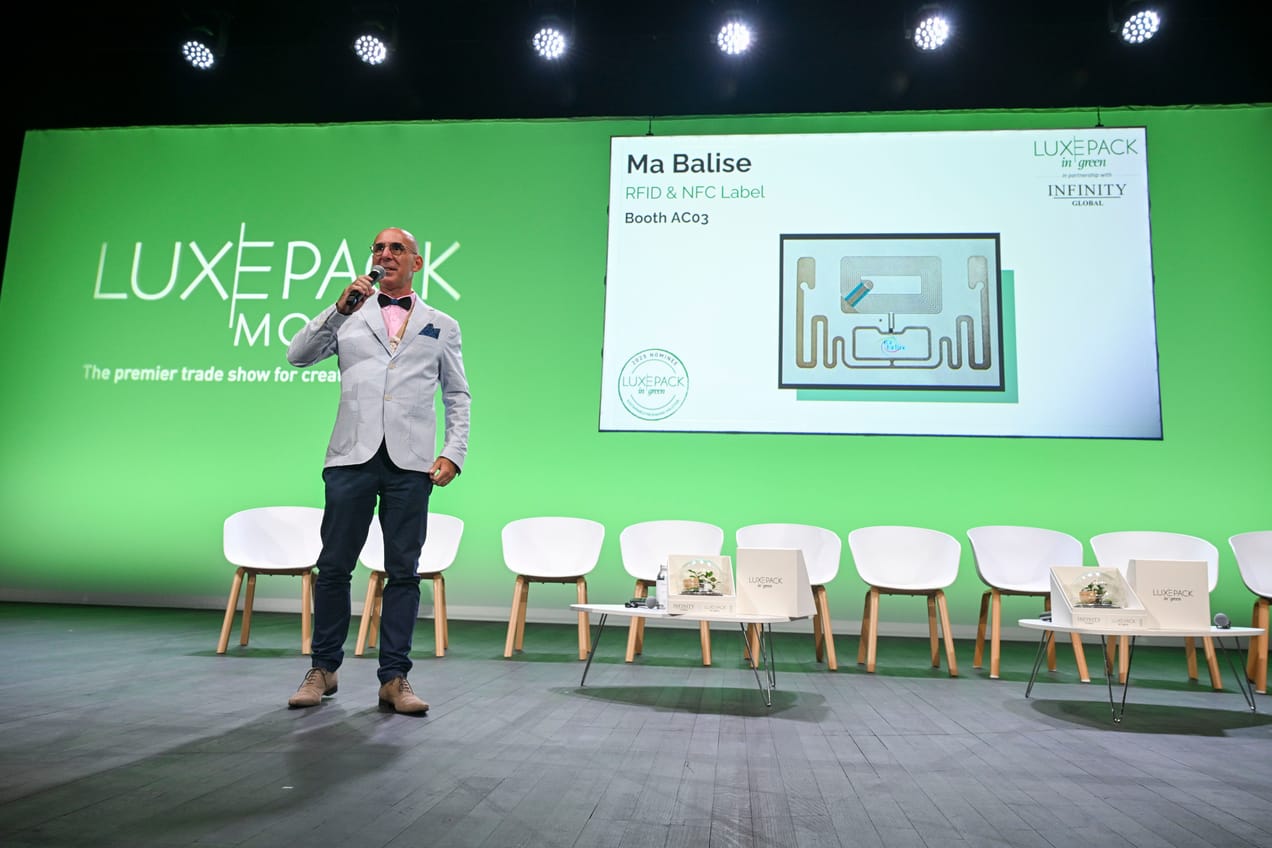
Aluminium - context & sourcing
Understanding about aluminium sourcing, manufacturing and its applications in the beauty and the sustainability aspect of the material
In this topic, the following SDG targets can be applied:

This report is divided in 3 parts:
- Aluminium report - Full - HERE
- Aluminium Sourcing & Manufacturing - HERE Below
- Aluminium and its applications in the Beauty Industry - HERE
CONTEXT
ALUMINIUM & SOURCE

Aluminium is one of the Earth’s most abundant metals.
Aluminum is produced from primary production from ore and/or recycling of aluminum scrap. The main ore used for the primary production of aluminium is bauxite. This is refined into an intermediate product, alumina, that is then smelted into aluminum.
Aluminum has many advantageous properties such as being shatterproof, can have in-line printing, high quality and long lasting decoration, has a longer shelf life and is used in a variety of products.
It has been considered an important element in the ‘green revolution’.
ALUMINIUM & ENERGY

Aluminum production from bauxite uses large amounts of energy and resources used in the initial manufacture.
Aluminum smelting and refining causes significant environmental impacts.
It takes 14,000 KWH to produce a single tonne of virgin aluminium, compared to 700 KWH to produce a tonne of recycled aluminium => 95 % less energy!
Alteration of electricity generation source for smelting can enhance sustainability.
Industry guidelines have been produced to address unsustainable social and environmental practices related to bauxite mining.
However, there is a greater move towards aluminium recycling.
REFILLABLE ALUMINIUM CANS & BOTTLES

- Eco responsibility is a real requirement today. A central trend in the packaging world is refillable systems emerging specially for cosmetics, selective perfumery and household products.
- Refilling a product (from home or point of sale) allows the consumer to keep packaging long term and as a results reduces wastes, saves energy and raw materials – Refill, Reuse, Reduce.
- Aluminum cans are lightweight, opaque material, unbreakable and infinitely recyclable without the loss of its properties. Cans and bottles can come in different shapes, sizes and profiles that can be customised.
ALUMINIUM & BEAUTY

So, what does this mean for the beauty industry?
Aluminum containers are easily, and economically recycled and can be recycled repeatedly. More recycling reduces the amount of waste going to landfill.
Aluminum containers allow for in-line printing - logos, designs, and information can be printed directly onto the bottle. This will save a step in the process and will create less waste.
Aluminum is a lightweight and durable metal. It is ductile and therefore easy to manipulate and create different shapes and looks of containers.

